Want less traffic? Learn to drive, first!
I was inspired to write this article on the day I saw a bus climb over a divider on the road to take a U-turn. It appalled me that this is regarded as normal driving in today’s Bengaluru. And so, I set out to research and conduct interviews, and prove that the terrible traffic that the people of Bengaluru always complain about, is caused by their own bad driving habits. But, I failed.
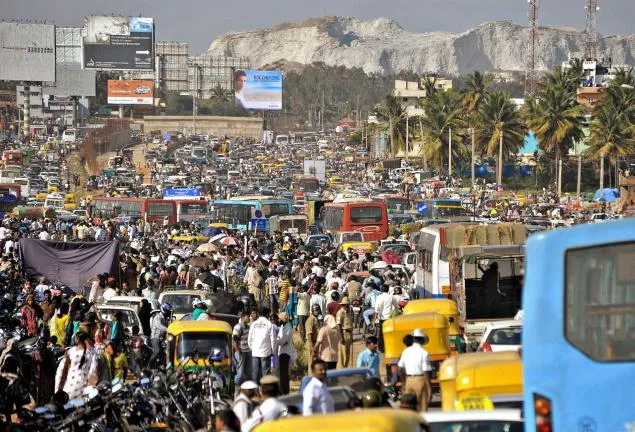
My interviews, and observation of the city’s traffic condition over a period of 2 weeks , led me to infer that the main cause of the traffic woes in Bengaluru is the massive number of vehicles on the road. It is vehicular volume that both the experts and the studies have identified as the root cause of traffic.
It really is astounding that in 2011 itself, Bangaluru hit 10 million vehicles on road. It is not simply the volume but the rampant vehicular growth in a very short period of time that has created this overload. It is projected that by 2021, the number of vehicles will exceed the number of people in the city! Along with these, the government, as usual, deserves some of the blame: bad roads and traffic management are vital issues. Bangalore also has too few roads, by national standards!
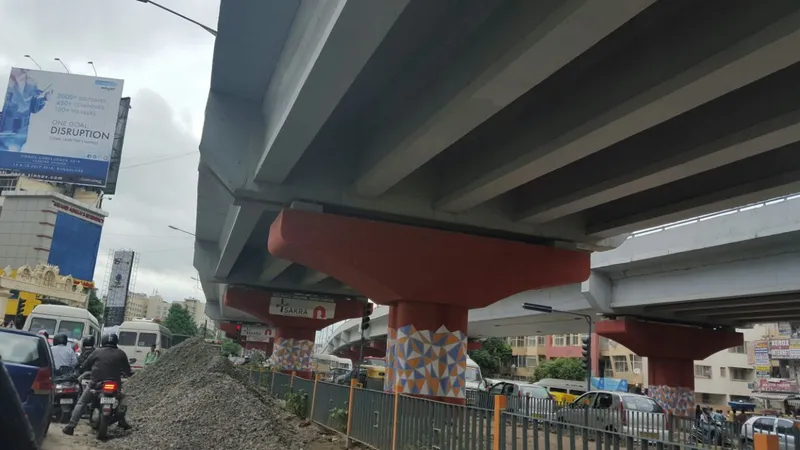
Then, why this article? Well, even though it is not the biggest cause, poor driving is definitely a major factor behind increasing traffic issues. A number of unnecessary traffic jams are caused simply because one driver decides that he/she can break a rule without facing any consequences. The volume of the vehicles is an unavoidable, inevitable reality; and the better roads and systems are a long term project. But if we all start following the traffic norms, we could instantly get rid of the additional traffic that we are causing. This is the difference we, as citizens of Bangaluru, can make. So let’s do it!
Problem #1: I always have the right of way
We are guilty of not giving a way to other vehicles when we are supposed to. The practise is a commonplace occurrence in Bengaluru. Many-a-times, the driver of the cab I’m in will jump his turn and force his way through at every traffic signal. When there’s a free left, the driver will still not allow the left-turners to make the turn – because everyone assumes that he/she should be allowed on his/her way before anyone interrupts the traffic flow. The most frequent sight is, however, of two cars that have just stopped short of collision because they both went for the turn at the same time, believing that they deserved to go first.
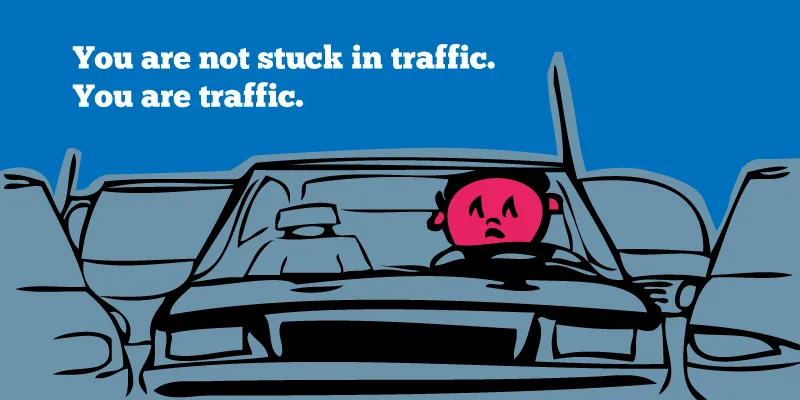
Yes, one can blame badly designed signals and the poor enforcement of rules by the traffic police; but it is common sense that sometimes you have to wait and give other person the way. People seriously expect that as soon as they reach an intersection, they should be allowed to pass through before anyone else does!
Problem #2: Small road, big road – I will not stop!!!!
On the subject of waiting, my observation has been that drivers in Bangaluru are always angry and frustrated. Maybe it’s because of the traffic, and maybe it’s that they’re in a hurry. The issue is that they’re not willing to wait a second for anything. It doesn’t matter to them that there is a bulldozer coming at high speed from the opposite way on a half-lane street. And most of the times, this results in streets being clogged for hours.
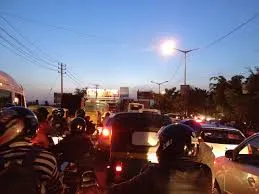
So many traffic jams in the city are because drivers will try all kinds of antics to avoid waiting – take wrong U-turns, ride on the footpath, overtake from the wrong side, and swerve into another lane!
On the other hand, multi-lane traffic seems to be a prisoner’s dilemma. If each car stays in its own line, it will be better for the collective. But every person wants to get ahead by going into the lane with fewer cars – thereby slowing down all the lanes.
Problem #3: Bus swag
Yes, the bane of Bangaluru is the bus. We all know it. How often do they stop anywhere in the middle of a highway, and block the entire lane of traffic behind. How one bus taking a U-turn causes a colossal jam. The trouble is that Bangaluru appears to follow the Indian principle of Badi gaddi ka raj (reign of the big car), and the bus drivers unabashedly violate every rule with the entitlement that no one will challenge a vehicle of that size.
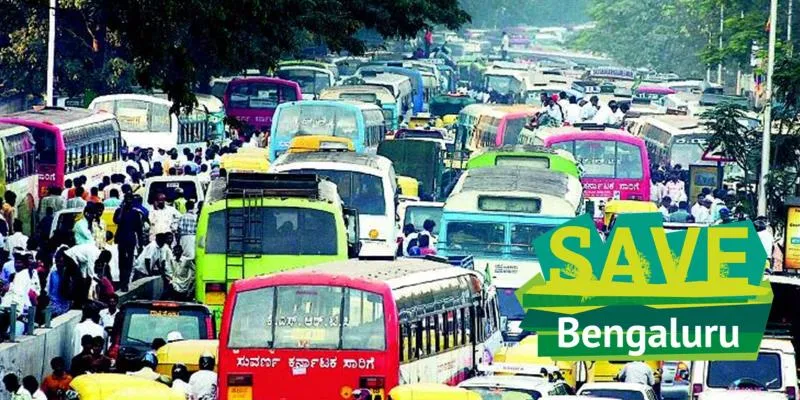
Bengaluru’s traffic issues are also caused by other heavy vehicles such as trucks, tractors and the like. These vehicles are banned during the daytime in places such as Delhi, but are unfortunately allowed to meander the tiny Bengaluru streets.
Problem #4: The lane system
It’s almost a widely known fact that very few people in India obey the lane system. So why is it such an issue in Bangaluru? Well, not sticking to your lane is one thing, becoming a road hazard is quite another. And you would see that happen a lot. A lot!
A common scenario is swerving from one end of a 4-lane expressway to the other upon sighting traffic in the distance, which is extremely dangerous and clogs up the road – sticking to lanes based on where you are going will result in a smoother traffic flow.

Problem #5: One way, any way
Ah! In most of the localities of Bengaluru, it seems that the word ‘one way’ is meaningless. It is definitely an enforcement problem but common sense should dictate that a road that is too small for 2 cars to fit into simultaneously cannot handle 2 SUV’s speeding by each other while avoiding dozens of parked cars. An hour long jam can be caused by this one act of idiocy.
Another rampant misadventure by drivers is the misuse of the one-way service lanes – where drivers go both ways to avoid the traffic. I’ve watched drivers, take a U-turn and drive the wrong way on the freeway for a good five minutes to get into the service lane and drive, the wrong way again, with less traffic.
Read More: Nandan Nilekani offers solutions to get rid of traffic woes in Bengaluru
Drivers’ speak
Somu, a private car driver, was very loquacious about the fact that ‘these Bengaluru people don’t know how to drive.’ When asked about the cause of Bengaluru’s unusually problematic traffic, however, he blamed it on the excess of cars on the road and the bad roads. He added after a brief reflection, “If I am in a hurry, I will also drive a bit rash. When my boss needs to get somewhere by a certain time, I have no choice.”
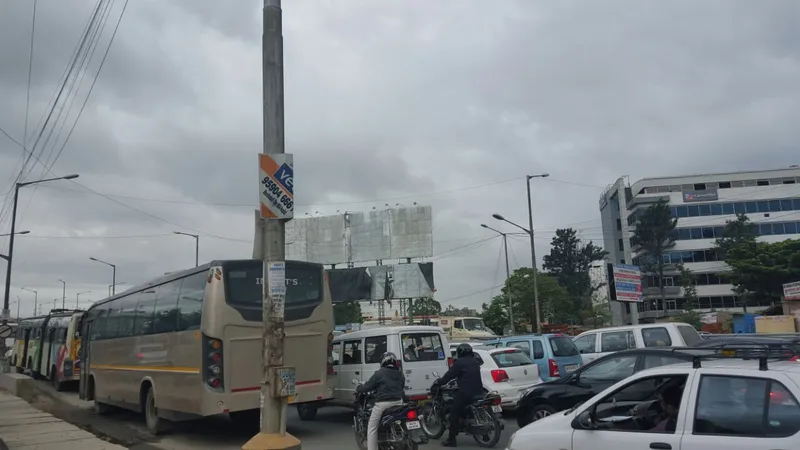
My second target was the most vilified of all: taxi drivers! Famed for their rash driving, taxi drivers often exemplify the bad driving practices. However, the driver I interviewed was all too willing to condemn his brethren. “In Bengaluru, there is a lot of idiotic driving. No one obeys the rules, and a lot of people drive like maniacs.”
My third interviewee was an employee of a media agency, to whom I was refreshingly able to explain the scope of my research. He laughed after hearing the taxi driver’s comments, before adding, “they only create all the problems”. His view was that although excess vehicles and bad management were serious issues, a major cause of traffic issues is the driving habits of the people. “There are no lanes, people overtake anywhere,” he laments. “My prominent observation has been that in Bengaluru people are simply not willing to wait – no matter what the situation is. So they’ll cut the red light, they’ll go when they should wait, and they will keep blowing the damned horn!”
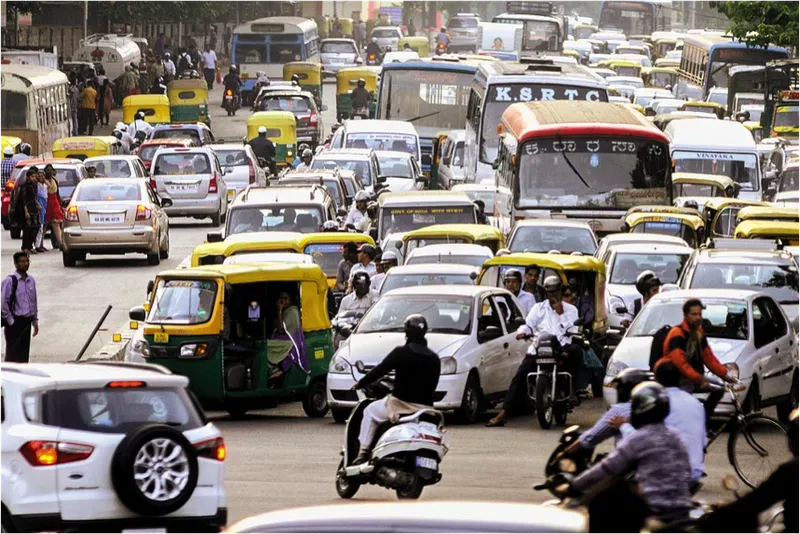
Another professional whom I interviewed described an another appalling aspect of the situation: “as a woman driver, you face a host of problems a man never would. It is completely different.” She complains, “The same mistakes are forgiven if you are a man but as a woman, the looks you get – it’s like ‘why are you even on the road’ or ‘this is why women shouldn’t drive’”. Even in the cases of road rage, such a blatant gender bias is visibly active.
It’s Not Your Fault
Is Bengaluru’s driving behaviour really worse than the rest of India? India is famous for the insanity of driving here, and this is in no way worse in Bengaluru. In Gurgaon, every journey sees some cars driving in the opposite direction – even on main roads and highways! Mumbai’s lane driving is as bad as Bengaluru’s. And as much as you see anger and frustration on Bengaluru’s roads, it is still a far cry from the road rage in Delhi/NCR that is likely to get you killed.
There’s no doubt that the biggest thorns are the excess of vehicles and the bad traffic management, which makes Bengaluru a city where the tiniest of violations or mistakes have big consequences. You make one wrong U-turn, and you block the road for hundred cars.
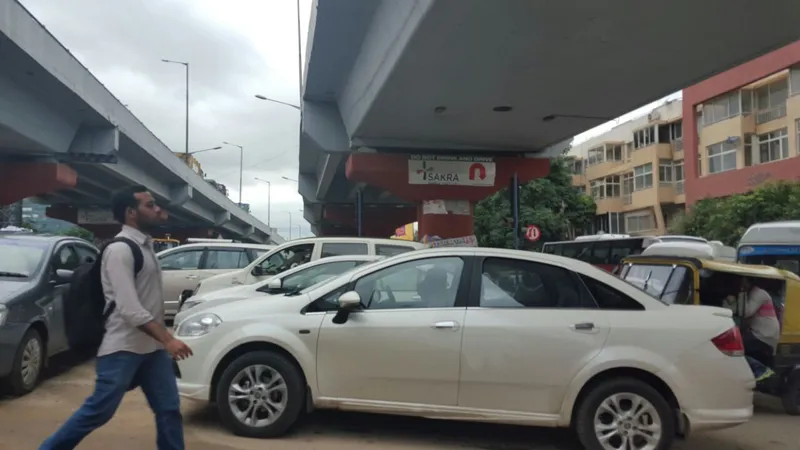
A related issue is the road density in Bengaluru – there are very few roads, and a whole lot of cars – another consequence of rampant urbanisation. Bengaluru has one of the lowest road densities among big cities, at only 8.2 km per sq km which is almost one-third of that in Delhi (which is 21.6 km per sq km).
But that doesn’t mean that you should continue making wrong turns and never give the way. Maybe even the huge quantity of cars will flow smoothly if no one breaks a rule. Think of that the next time you’re tempted to make any of these violations!
And remember that if you break the rule, then you justify every driver on the road breaking that rule – and that is when we have a problem.
We at SocialStory are running a campaign to help citizens come together and save the city of Bengaluru from dying. Bring out those mobile phones and laptops and share with us the problems you see. Start participating with those who are working for change and share your experiences with us. Please write to us at [email protected], and we will share your experiences and ideas with our readers.







